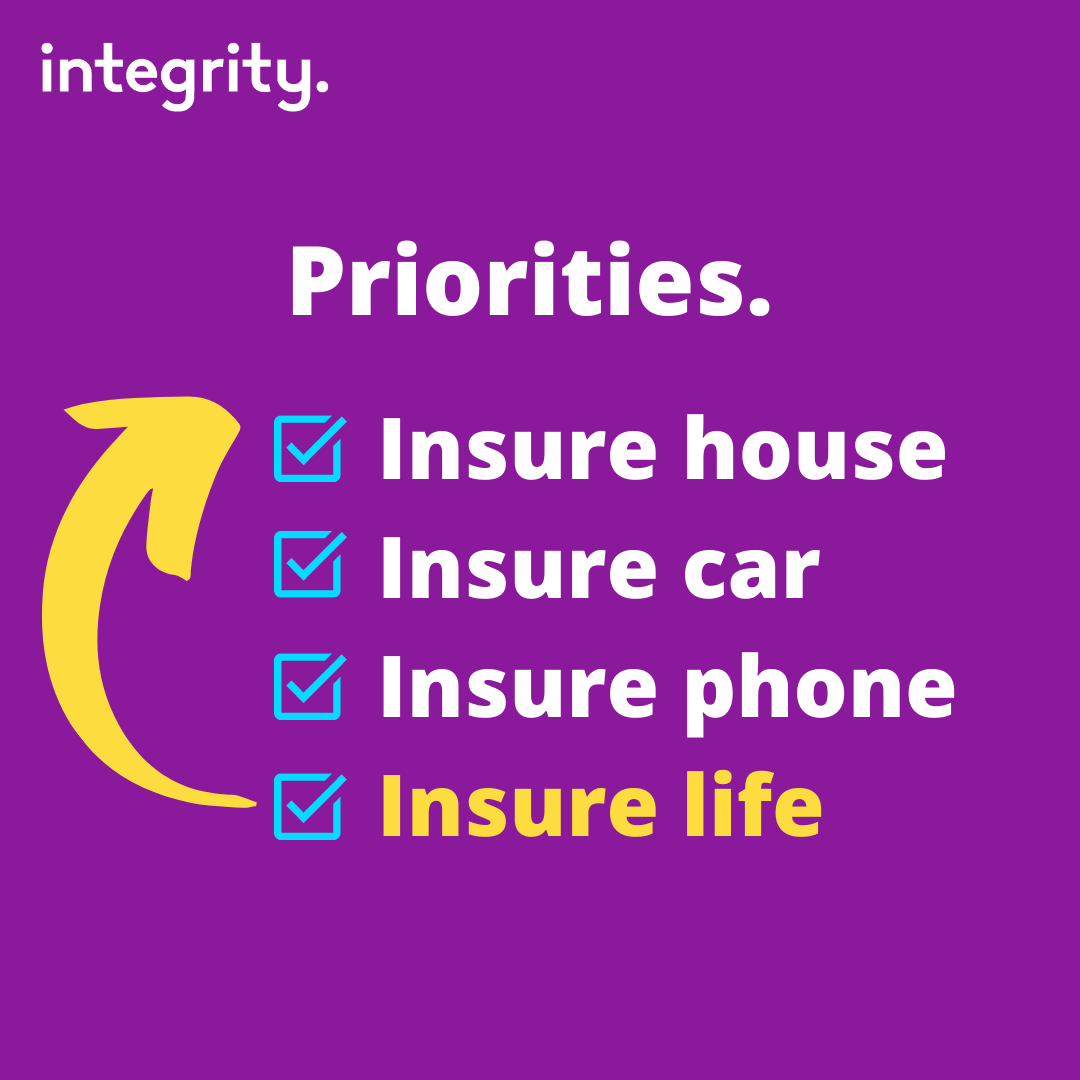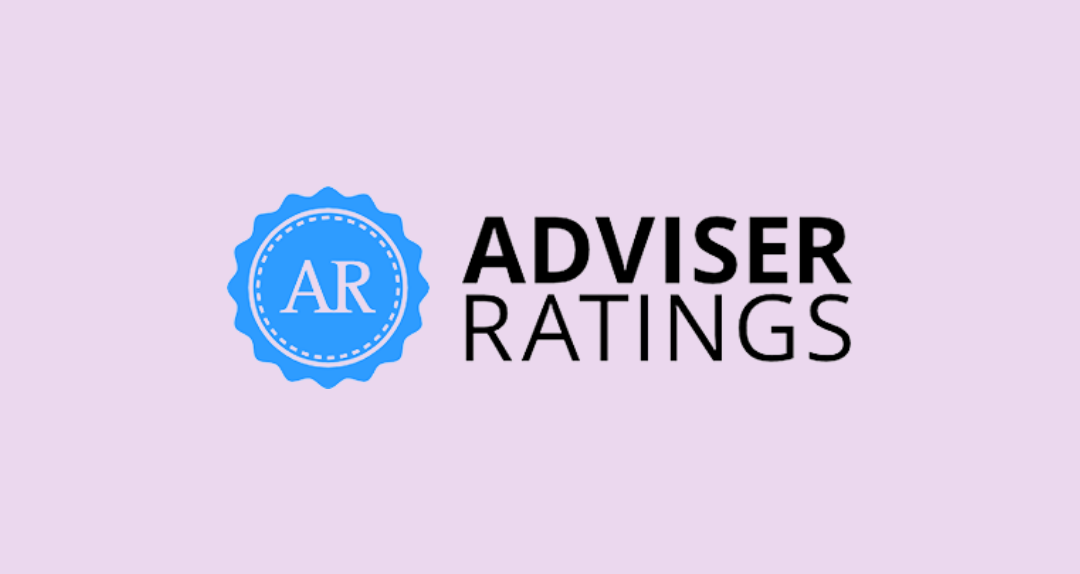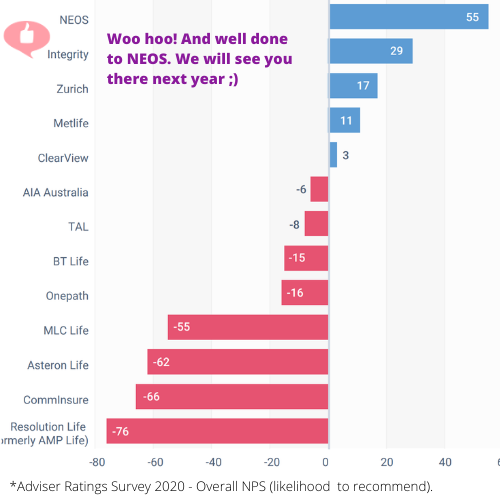
Income Insurance product solutions. Structuring with lump sum cover.
Income Insurance product solutions. Structuring with lump sum cover.
The new Income Insurance products launching industry wide, as a result of APRA’s sustainability measures, are going to reduce the income replacement ratio along with some of the additional benefits that have been added to these products over time. This creates a new challenge for Advisers as they consider how they utilise a range of product solutions for clients to provide the benefits and protection they need, at a price point that is affordable.
To support these conversations, we have pulled together some considerations for the role lump sum covers may play when the new Income Insurance products go live on 1 October 2021.
The role lump sum covers (TPD & CI) may play post 1 October 2021.
With the changes to the design of Income Insurance products, there could be an increased need and consideration of complementary lump sum covers such as TPD & CI.
Changes to income replacement ratios for Income Insurance and growing pricing pressure on longer term benefit periods will mean that advisers need to deeply consider the combination of covers that best meet a client’s needs, objectives and overall budget.
Matching shorter term Income Insurance benefit periods such as 2 & 5 years with complementary lump sum covers is expected to be part of the considerations that advisers will make as a result of the changing industry landscape.
Lump sum covers, such as Total and Permanent Disablement (TPD) and / or Critical Illness (CI), provide long term protection and cover for significant costs like mortgage repayments or extra-ordinary medical expenses.
Other unexpected expenses could include things like accommodation, grief support, child support, overseas assistance, bed confinement, family support, or home care. All these and more are included in our Care Support Package which is provided at no extra cost on all lump sum covers as part of Integrity’s Here For You product.
The total income replaced will not be 100%. If your client becomes permanently disabled or critically ill, income insurance may not be enough.
And yet many Australians use 100% of their income each month. So how do you cover all the expenses of managing a sickness, accident or illness that potentially impacts a client’s financial situation?
Critical Illness Cover offers a lump sum payment to manage medical expenses if your client is diagnosed with a specified medical condition which may have an impact on their ability to meet their financial commitments. Together, Income Insurance Cover combined with Critical Illness Cover can provide support to clients financially to cover both household costs, as well as medical expenses.
Higher levels of TPD cover may need to be considered, to help financially support clients if they suffer a significant life-changing illness, accident or injury. Put another way, if your client is unlikely to ever work again, TPD is an option to ensure significant and ongoing medical costs are taken care of as well as any home modification adjustments needed to adapt to their ‘new normal’.
Please note: This information has been prepared without considering your personal objectives, financial situation or needs. Before acting on it, please consider its appropriateness to your circumstances.
Integrity Life
From the newsroom











